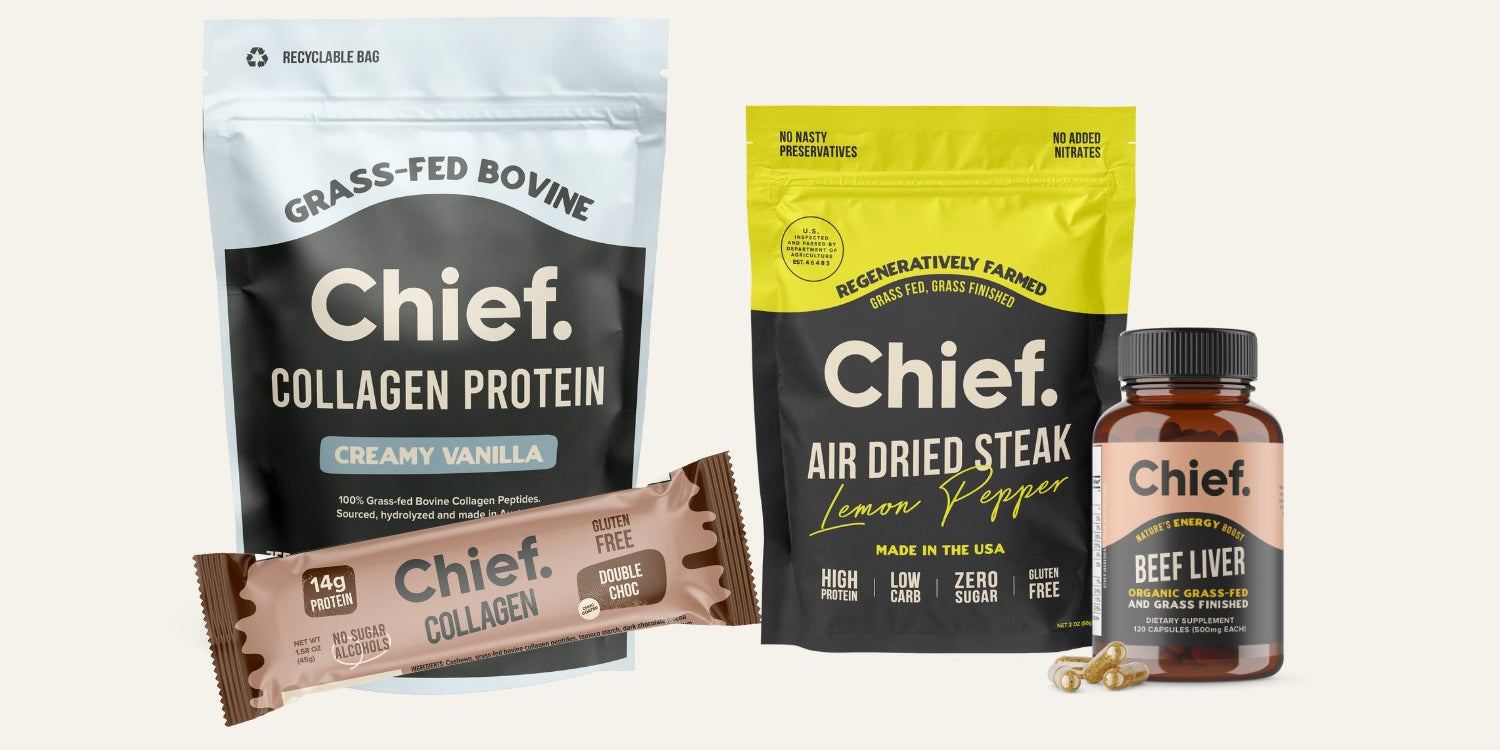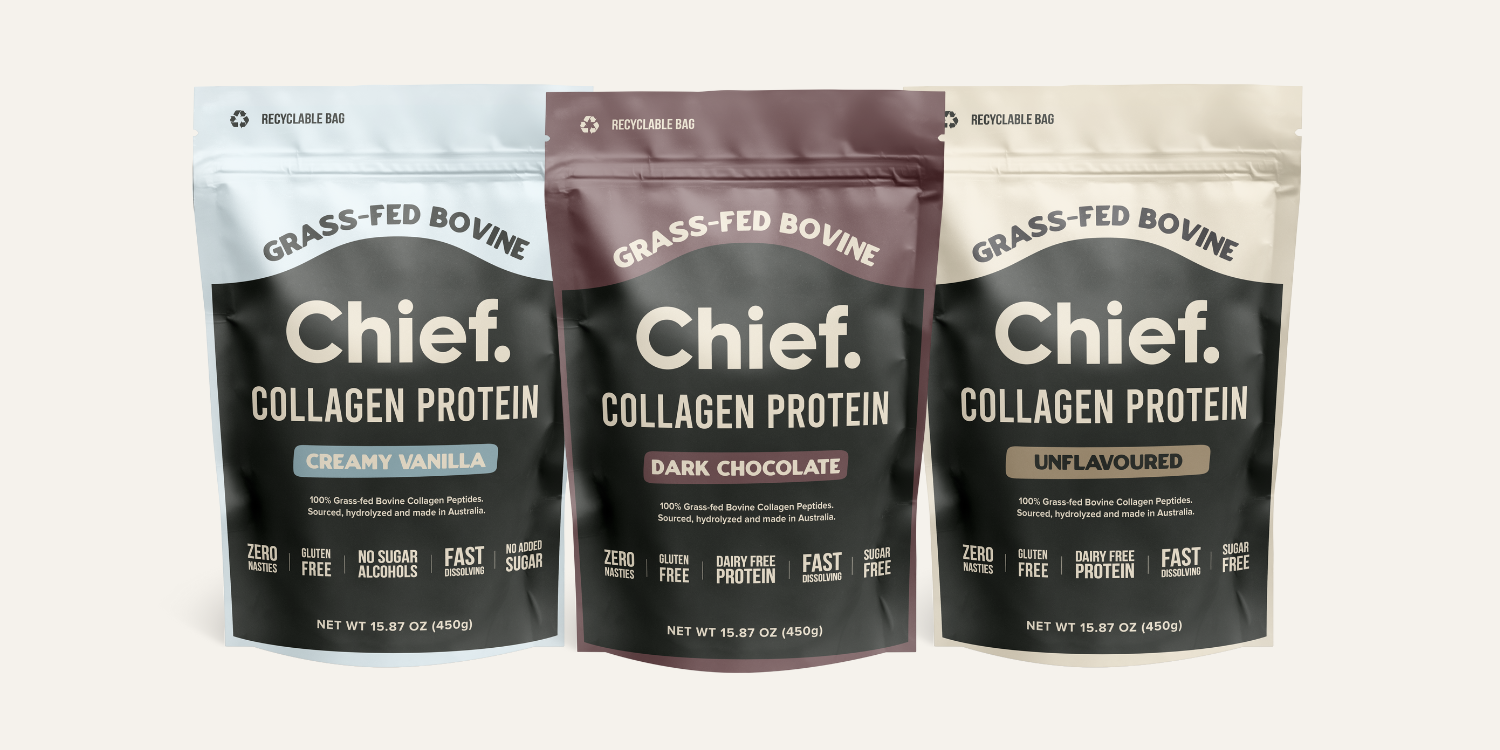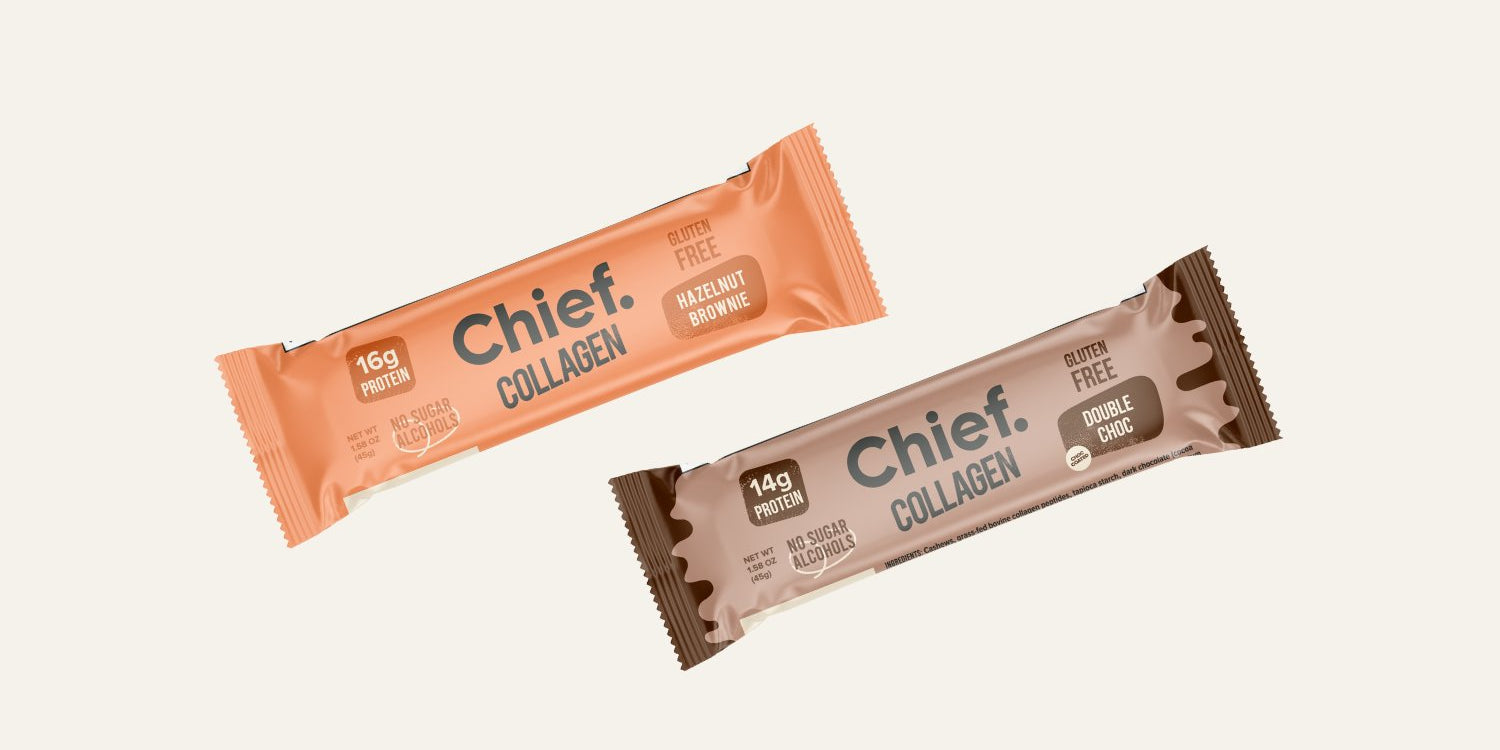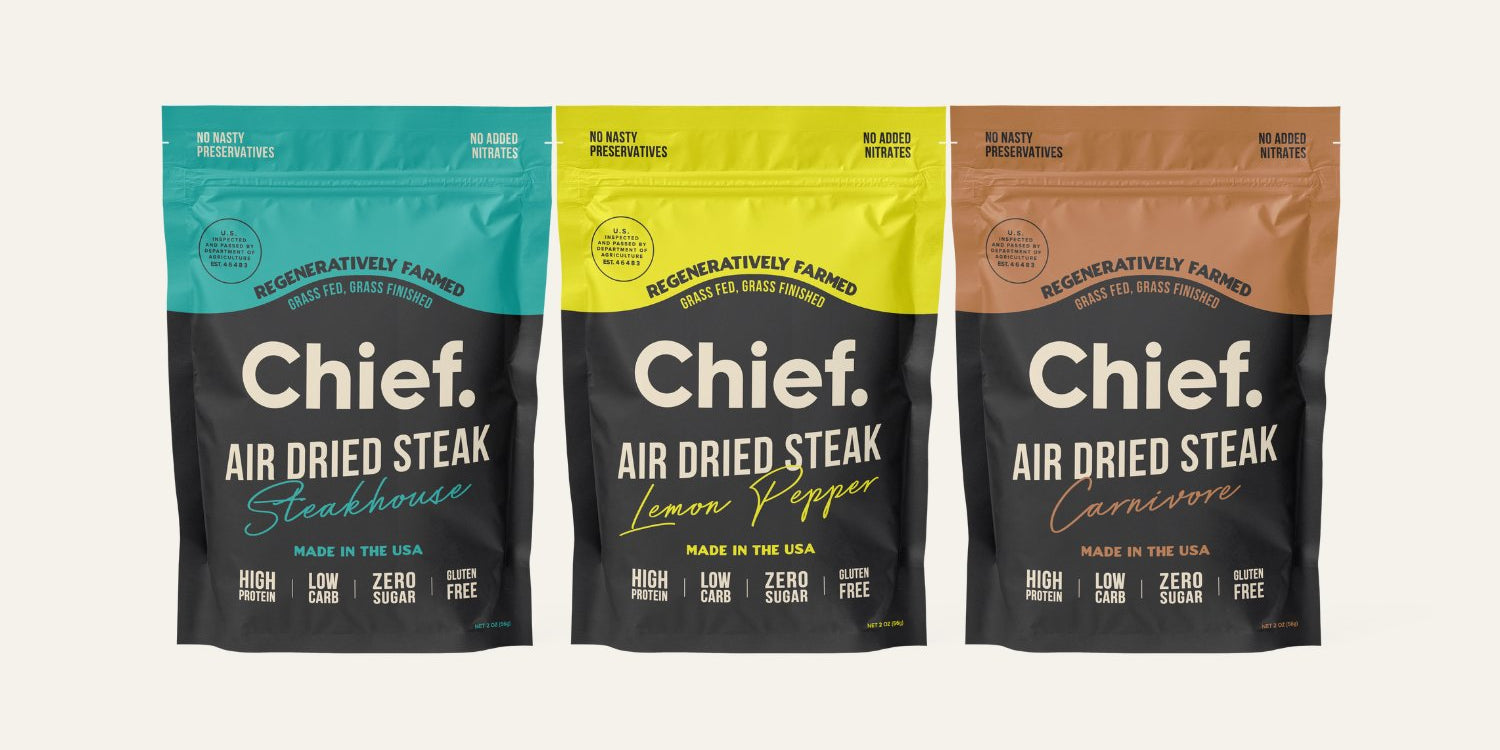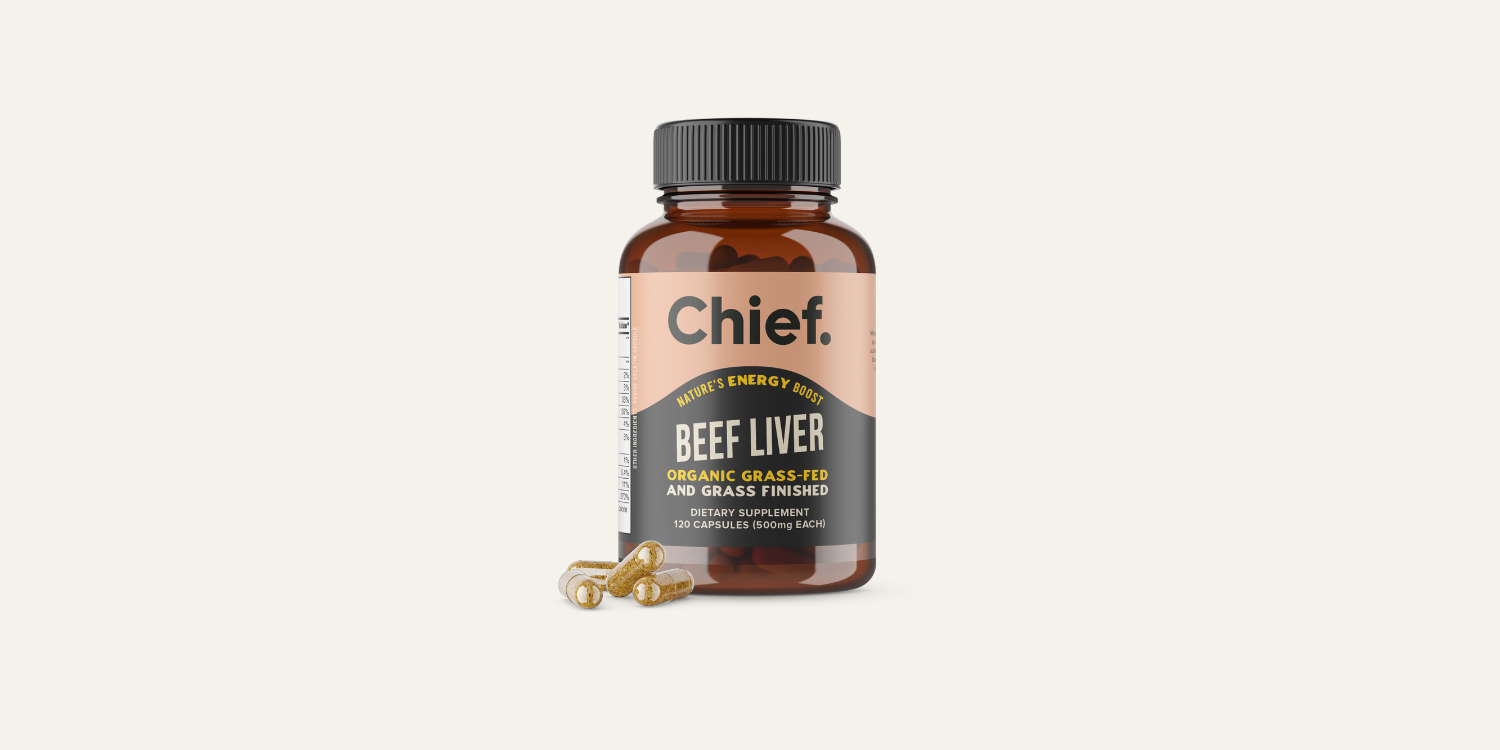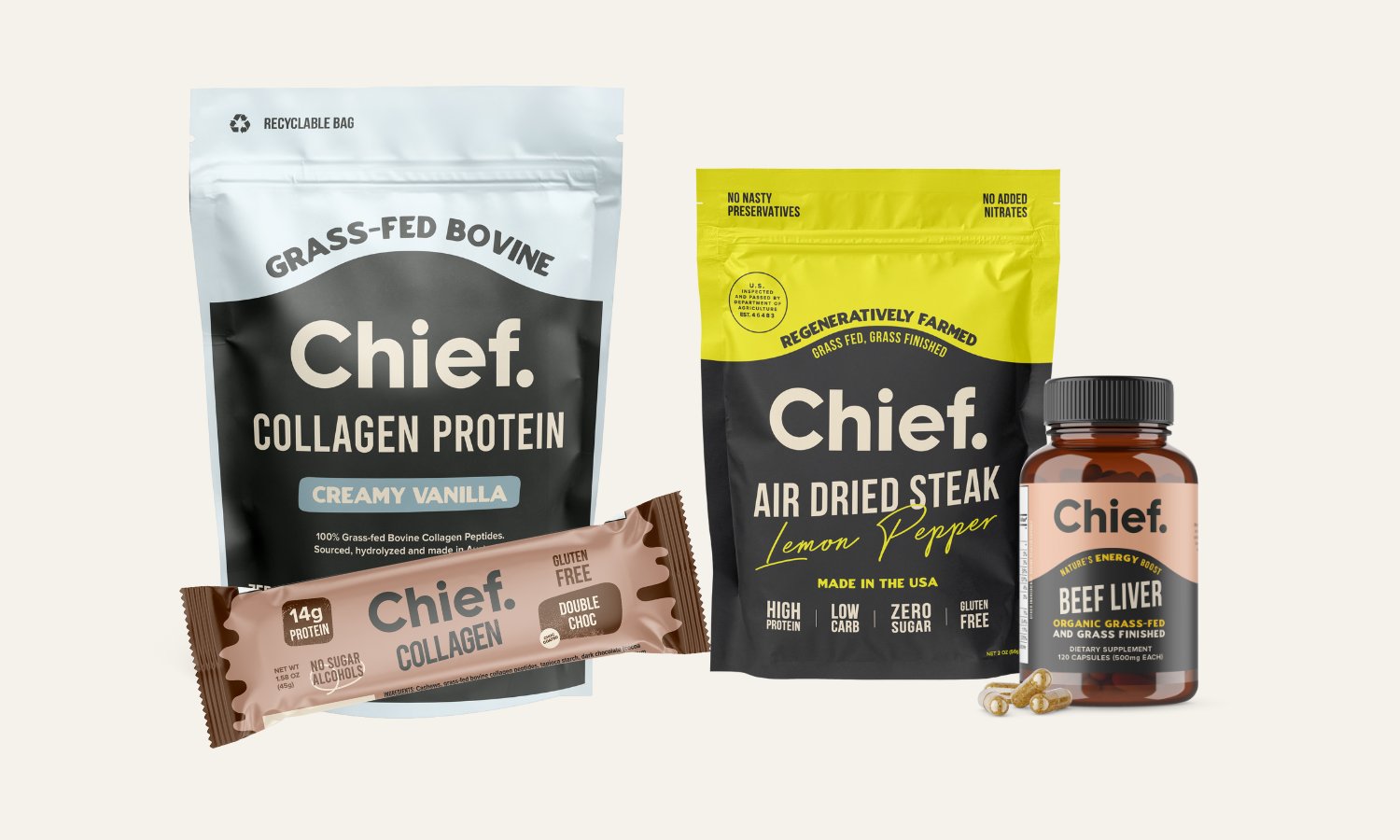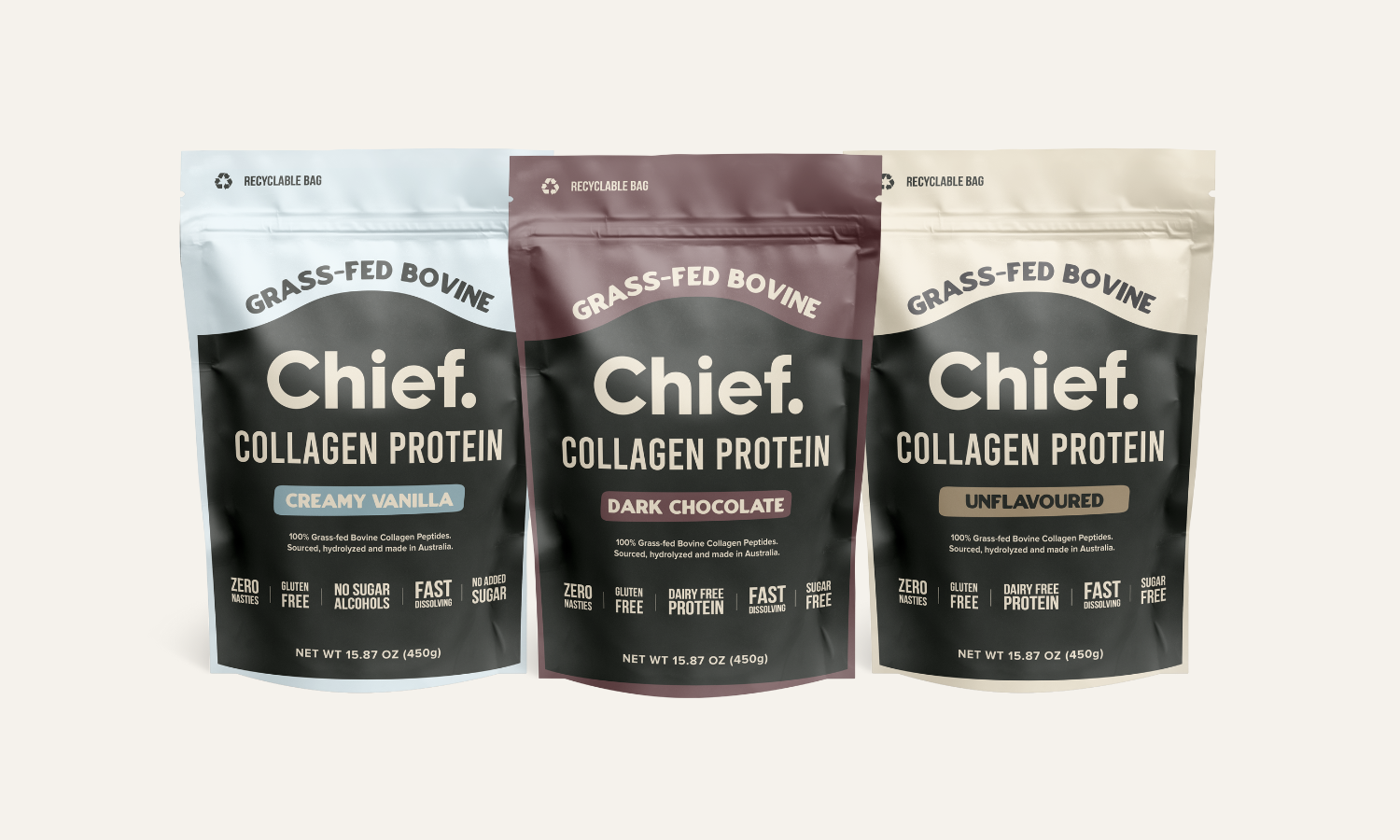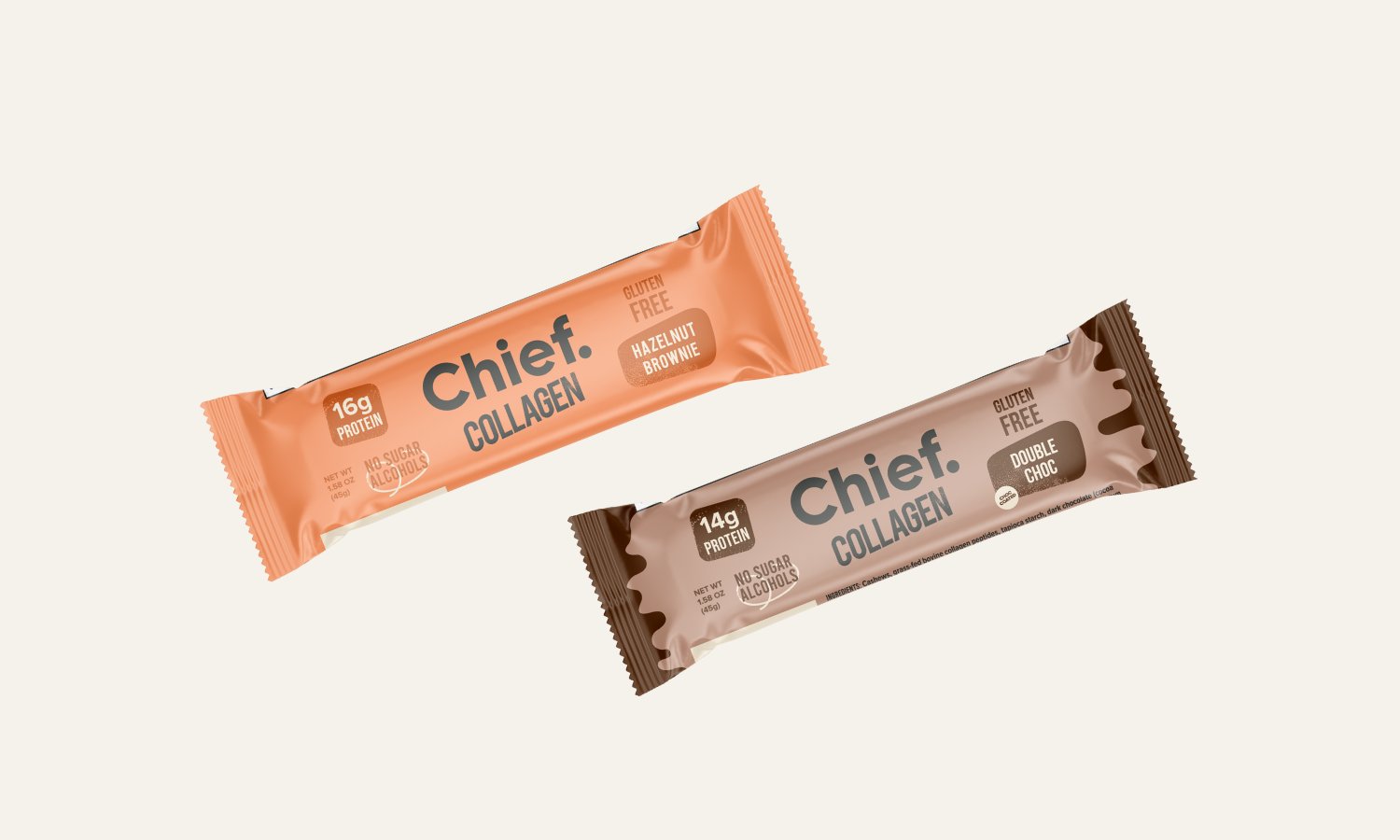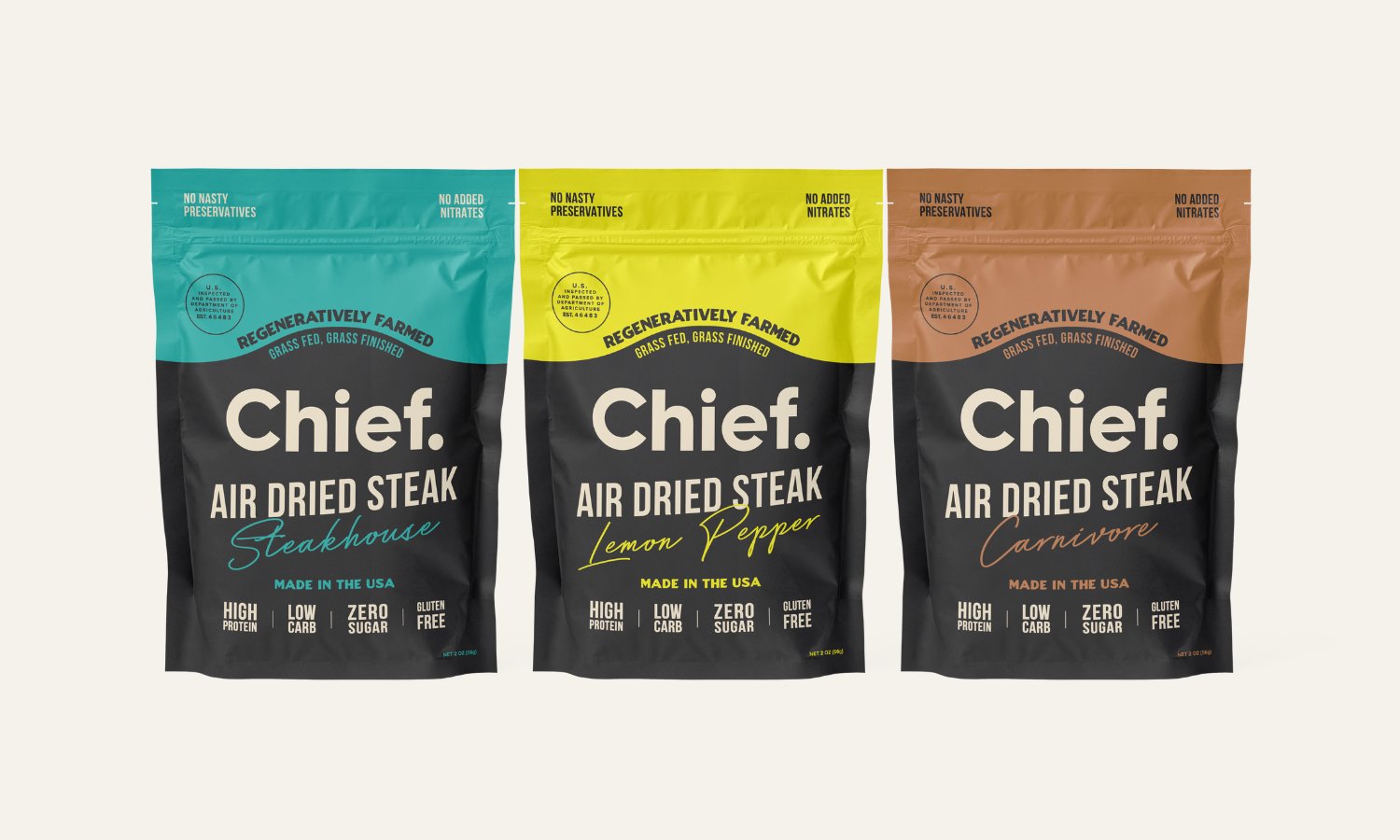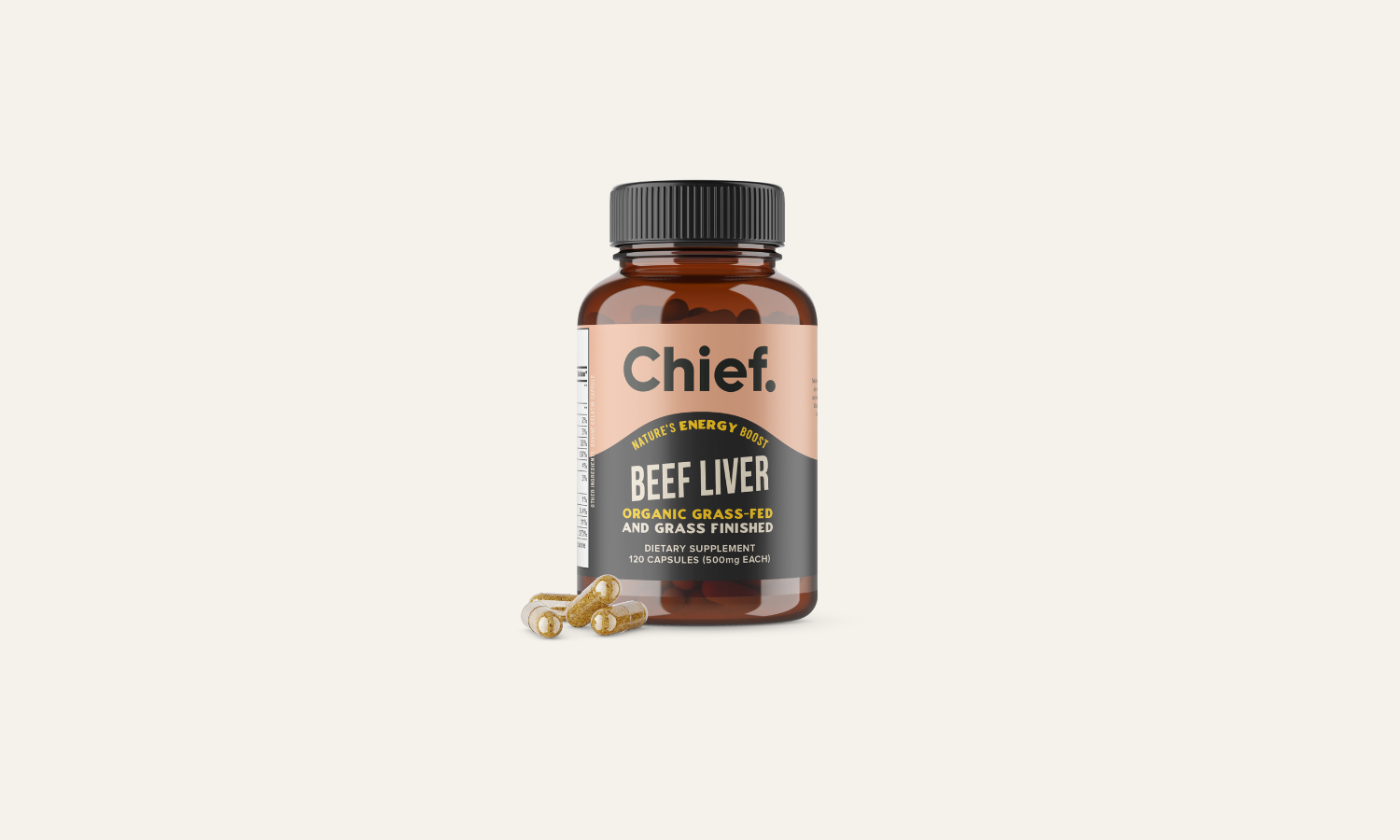Can you imagine being told after a knee MRI scan that you have a significant knee injury requiring surgery and that you wouldn't be able to do any running-based activity for three months? It's hard to stomach if running is a daily part of your life.
Well, I was told precisely that by my sports doctor a little over a month ago, after my knee became inflamed following an easy run. Little did I know that it would be one of my last long runs for 2022.
It also meant pulling out of the Oceania Games 5000m and the Australian Mountain Running Championships, two key events on my racing calendar. The day I had knee surgery when I was supposed to compete in the Oceania Games.
After having the MRI, I was diagnosed with Osteochondritis Dissecans (OCD), a joint condition generally affecting active teenagers. It occurs when a small segment of bone begins to separate from its surrounding region due to a lack of blood supply.
As a result, the small piece of bone and the cartilage covering it begin to crack and loosen. If a teenager is diagnosed with OCD, knee surgery is required so that the cartilage in the knee can grow back. In my case, I thought the knee pain I experienced as a child was growing pains, and I never followed up.
I am, in fact, lucky I have lasted 20 years without this injury which only just came to fruition in May this year. Before May, I had never experienced any knee pain. The surgery involved a knee arthroscopy to remove the floating cartilage, a medical alignment and a micro-fracture to generate plasma.
As a high-performance distance runner, running has been my life for the last 23 years. I have been training day in and day out without much time off running. My work has also always revolved around running. Running has ultimately given me my purpose in life. It has allowed me to set goals, be organised, manage my health and well-being and most of all, provide me with joy.
So, I guess you might question – how does a high-performance athlete, who has been told they can't run for at least three months, keep themselves physically fit and psychologically sane? These are my best tips for 'holistic' recovery after an injury.
Listen to your body.
Listening to your body is easier said than done, but it’s extremely important when injured. When I was in pain and could barely stride, I knew I had to stop to prevent further damage instead of pushing through. After the surgery, listening to my body has been key to recovery. Every day is different, pending the movement I have done throughout the day. On my return to school, a week after surgery, I found that being on my feet all day, even having one crutch to support me, made the knee slightly more inflamed, so I had to adjust my teaching style to sitting and standing. I also altered my gym exercises.
Keep a positive attitude.
To this day, despite being told by my sports doctor and knee surgeon that I would need to have three months off running, I have maintained a positive outlook about the injury, and I am determined more than ever get stronger and make a full recovery so I can return to running and competition. I am looking at this injury as short-term pain for long-term gain. I know that if I can be consistent with my knee rehab and follow my strength programme with my physio and osteopath, I will be back on my feet in no time. Since the surgery, I have not doubted my ability and have kept setting goals, both short and long-term, to assist me with keeping a positive attitude throughout my recovery so far.
Set mini-goals.
Even though I have had to reposition my running goals while rehabilitating, I set mini-personal goals such as:
- Complete at least 1 hour of knee rehab each day.
- Focus more on run coaching and inspire others to perform even better.
- Listen to more podcasts on running and education to improve my knowledge in both these areas of passion.
- Make more time to socialise with family and friends.
- Make more time to read and be inspired by other people.
- Put the time aside to write blogs and record vlogs to inspire others who may be experiencing a similar injury.
These mini-goals have kept me driven during the injury process and allowed me to keep up my daily motivation.
Keep a similar training routine to the one you had before the injury.
Despite not being able to train at the same quality I did before the injury, I have based my knee rehab around my usual running schedule. This has allowed me to keep driven and focused on my recovery and maintain my sleeping and eating routine. It is easy to become complacent when you are injured and change practices.
Focus on nutrition to assist with a faster recovery.
Nutrition is essential in post-surgery recovery. A well-balanced, nutrient-dense whole foods diet free of ultra-processed junk is crucial in reducing inflammation and speeding up the healing process. I have followed the Chief Tendon Strengthening Tips For Runners and consumed collagen before each rehabilitation session.
Example day on the plate:
Breakfast: Smoothie consisting of Banana, Chief Collagen Bar (Lemon Tart Flavour), Strawberries and Light Milk.
Lunch: Tofu and Grilled Chicken Salad with edamame beans and almonds. Dinner: Salmon Fillet with mashed potatoes and green Asian vegetables.
Follow the physio's strength programme.
Find a good physio and stick to their rehabilitation program. My physiotherapist at the Stadium Clinic has given me some challenging exercises in a weekly program which has helped me with consistency and accountability. My knee surgeon recommended I do lots of cycling as it increases blood flow to the knee and assists with rebuilding the remaining cartilage around the knee joint. Below is an overview of my strength Programme, which I have done over the last three weeks since my surgery:
Week 1 – Exercises to be done every day.
- Bridge single-leg with resistant bands 3 x 12 reps.
- Wall squat Holds with resistance bands 4 x 20s holds
- Calf raises on single-step leg 3 x 10 reps
- Eccentric Soleus strength 3 x 10 reps
- Supine Knee Flexion, 1 x 12 reps.
- Balance and reach – 3 x 12 reps
- Side Planking with dips – 3 x 12 reps.
Week 2 – Exercises to be done every day.
Bike 20-30mins- general spin, moderate, consistent resistance
Calf Raise Series (On or off step)
- 1 foot/2 foot - straight leg (with or without weight) 2x15 reps each
- 2 feet - bent knees (with or without weight) 2x15 reps each
Band Series
- Crab/Monster (theraband)- wide legs, controlled 4x12 steps each way
- Terminal Extension (the band behind the knee, extending back) 3x12 reps
- Supine hip flexion isometric + opposite hip extension (band around one foot + opposite knee) - tabletop position for difficulty 3x12 reps
Hamstring/Hip Series
- Single leg glute bridges (foot on the floor, knee bent 70) 3x12 reps/side
- Double Leg Hamstring Curls (exercise ball or machine) 3x10reps
- Single leg RDL (use a wall or stick for stability) 3x8 reps
- Standing hip extension (band or cable machine) 3x12 reps
Balance series *be safe, don't push past capacity/control*
- Single leg balance with small leg reach/touches 4x15
- Single leg balance +/- eyes closed 10x10sec efforts.
Week 3 – Exercises to be done every day.
Bike 30mins- general spin, moderate, consistent resistance
Quads control/Tone
- Double leg Body weight squats to Bench (not too deep) +/- band on knees 4x15-25 reps.
- Bodyweight Step-ups (up with left, down with left) (focus on slow up/down) 4x15-25 reps
- Wall squat holds 6x20-30s
Hip/Core Series
- Sidelying hip abduction 2x20reps/side
- Sidelying hip adduction 2x20reps/side
- Deadbugs Abs 4x45sec/15sec rests
- Plank 4x45sec/15sec rests
- Side plank + hip dips 3x20-30sec/side
Basic Balance Series *do these on a flat surface*
- Single leg balance with band taps (to side, 45 degrees diagonal back, to back) 10x10sec efforts
- Star touches balance on a folded yoga mat (front, side, back, curtsey another side) 5x5 each direction.
I still have two months of rehab to go, but I am very confident that I will make a full recovery and be running again very soon. I have my eyes set on Mountain Running in 2023 and running a PB across all distances from 5k – upwards. Still, at the same time, I am not complacent that I have had significant knee surgery, but I am making sure I never doubt myself throughout this rehabilitation. Remember to have a 'holistic' approach to recovery and be consistent with your approach to healing.
The only way is forward.

Athlete, Running Coach, Chief Ambassador

